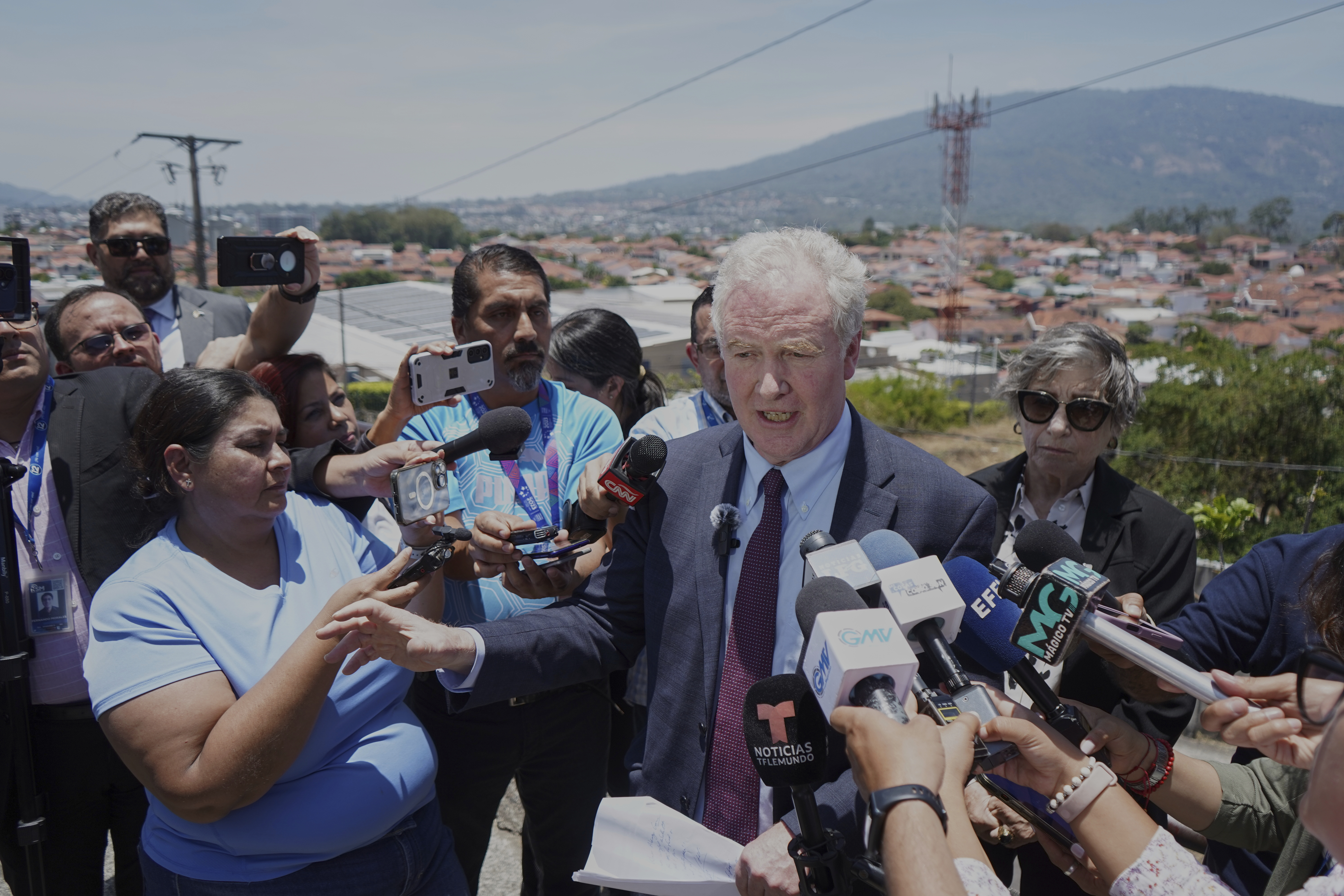Analysis by real estate firm Redfin finds that in 2021 and 2022, more people moved into regions that are at risk of flooding, wildfire or extreme heat events.
Nearly 400,000 more people moved into the counties in the U.S. that are most prone to flooding. Nearly 450,000 more moved to places where fire is a big risk, and nearly 630,000 more people will have to deal with the risks of extreme heat, according to Redfin's numbers.
In all three of those risk categories, the rate of people moving to the areas increased over the rates from 2019-2020.
Refdin crunched numbers from the U.S. Census Bureau and from the climate risk assessment scores by First Street Foundation.
It found more people are moving into flood-prone counties than out. The most popular was Florida's Lee County — where roughly half of homes are at high flood risk.
Riverside County, California, where homes are at high risk from wildfires, saw a net population increase. So did Maricopa County, Arizona, where extreme heat is a regular risk, and is currently baking the region in an unprecedented heatwave. Redfin says Maricopa County gained the most residents of any in the U.S. in 2022.
Separate data from moving van company U-Haul showed the same: more people moved to the Southeast and Southwest in 2022 than anywhere else. Texas and Florida were the top two destinations, respectively.

Why are insurance companies pulling out of some states?
Insurers are pulling out of big states, and extreme weather and climate change is factoring into the decisions.
As for why — real estate is relatively affordable in many of these destinations, Redfin says. Construction in Florida's Lee County is still buzzing to meet demand.
Research into the phenomenon published last year also found natural amenities and socioeconomic factors can play a big role: people often moved toward bodies of water, for example, or away from regions that had high unemployment. That study, too, warned that people were increasing their risk of encountering hazards like wildfire.
Meanwhile, certain short- and long-term costs of living are changing along with the climate.
Residents in Phoenix, Arizona, are facing steep utility bills due to air conditioning demand.
And some major home insurance companies are starting to back out of the Florida market, saying that recent disasters like last year's Hurricane Ian are pushing their operating costs too high.
Average home insurance in Florida now runs $6,000 a year — roughly three times he national average.

What are some health complications from extreme heat?
July is on track to be the hottest month globally on record, and possibly the warmest human civilization has ever experienced.









